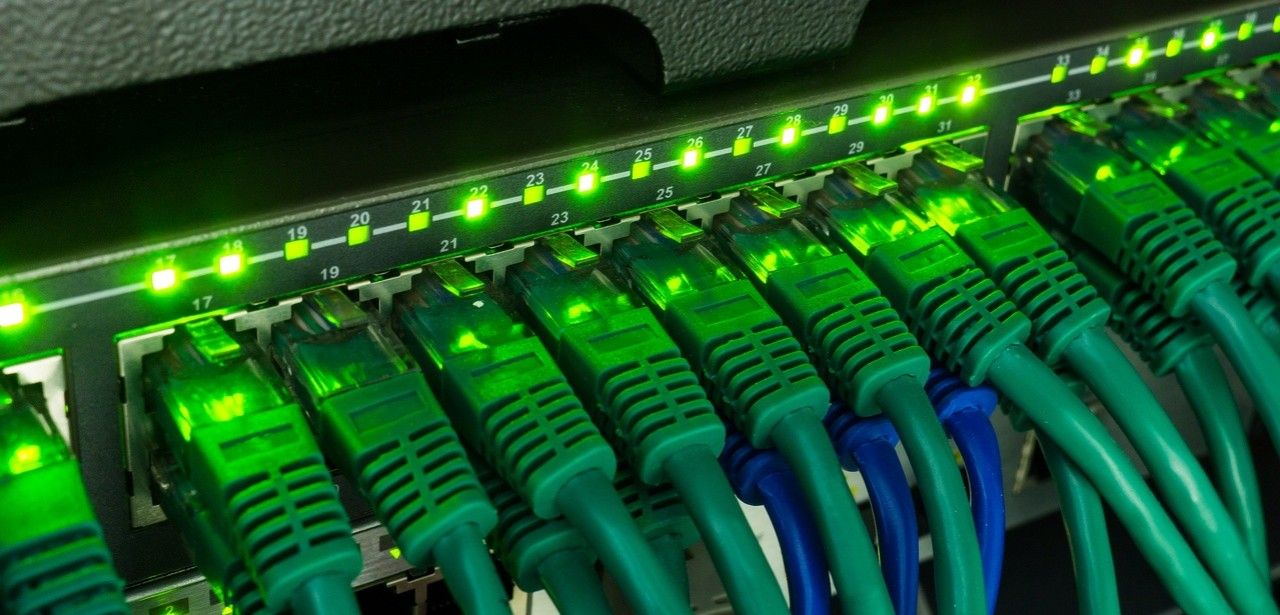Multiple major American digital companies recently repelled their largest cyberattack on their servers to date. According to their own statements, it was a distributed denial of service (DDoS) attack. Amazon, Cloudflare, and Alphabet’s subsidiary Google announced on Wednesday that their servers were flooded with requests until they collapsed.
Google reports record-breaking DDoS attack, seven times larger than previous
The recent DDoS attack, according to Google, was seven times larger than the previous record set last year. In a blog post, the company stated that “during this attack, more requests were generated in two minutes than the number of visits to Wikipedia articles in the entire month of September.” Cloudflare, a cybersecurity firm, described the attack as three times larger than anything previously observed. Amazon referred to the attack as a “new level of DDoS events.” The targeted companies reported that the attack began in August and is still ongoing.
The perpetrator of the attacks remains unidentified, as is often the case in such situations. The attacks exploited a vulnerability in the Internet Protocol “HTTP/2”. To mitigate the risk, website operators are strongly advised to update their server software to the latest version, effectively closing this security gap.
DDoS attacks, or Distributed Denial of Service attacks, are a type of cyber attack where the goal is not to steal data, but rather to overload a targeted website or network with a flood of traffic, rendering it inaccessible to legitimate users. Recently, there have been numerous reports of DDoS attacks targeting Israeli online platforms, as well as the German financial supervisory authority, Bafin. These attacks disrupt the availability of the affected websites, causing inconvenience and potential financial loss for businesses and organizations.
DDoS attacks pose a significant threat to businesses and organizations that rely on a secure and reliable online presence. These attacks can disrupt services, rendering websites inaccessible and affecting customer trust. However, implementing DDoS protection services, such as Cloudflare, can help mitigate the impact of these attacks by filtering and blocking suspicious traffic. By utilizing such services, businesses can ensure the continuity of their online operations and safeguard their digital assets.
- DDoS protection services, such as Cloudflare, provide specialized support for companies by filtering network traffic and blocking suspicious requests. These services are designed to intercept the majority of attack traffic and protect servers from being overwhelmed
- Load balancing technology allows companies to optimize their server resources and mitigate the impact of a DDoS attack. By distributing the attack traffic evenly across multiple servers, load balancing prevents any single server from being overwhelmed
- Network monitoring is crucial for detecting and responding to suspicious activities and defending against attacks. By analyzing network data, organizations can identify anomalies and take appropriate countermeasures to safeguard their systems and infrastructure
- Regular updates are crucial to close known security vulnerabilities by keeping software and operating systems up to date. Attackers often exploit weaknesses in outdated versions to carry out their attacks
The recent cyber attack on American digital companies underscores the growing threat of DDoS attacks. To protect their online presence and minimize downtime, businesses must take proactive measures. Utilizing DDoS protection services, implementing load balancing technologies, monitoring network traffic, and regularly updating software are effective strategies to mitigate the impact of such attacks and ensure the security of online infrastructure.














